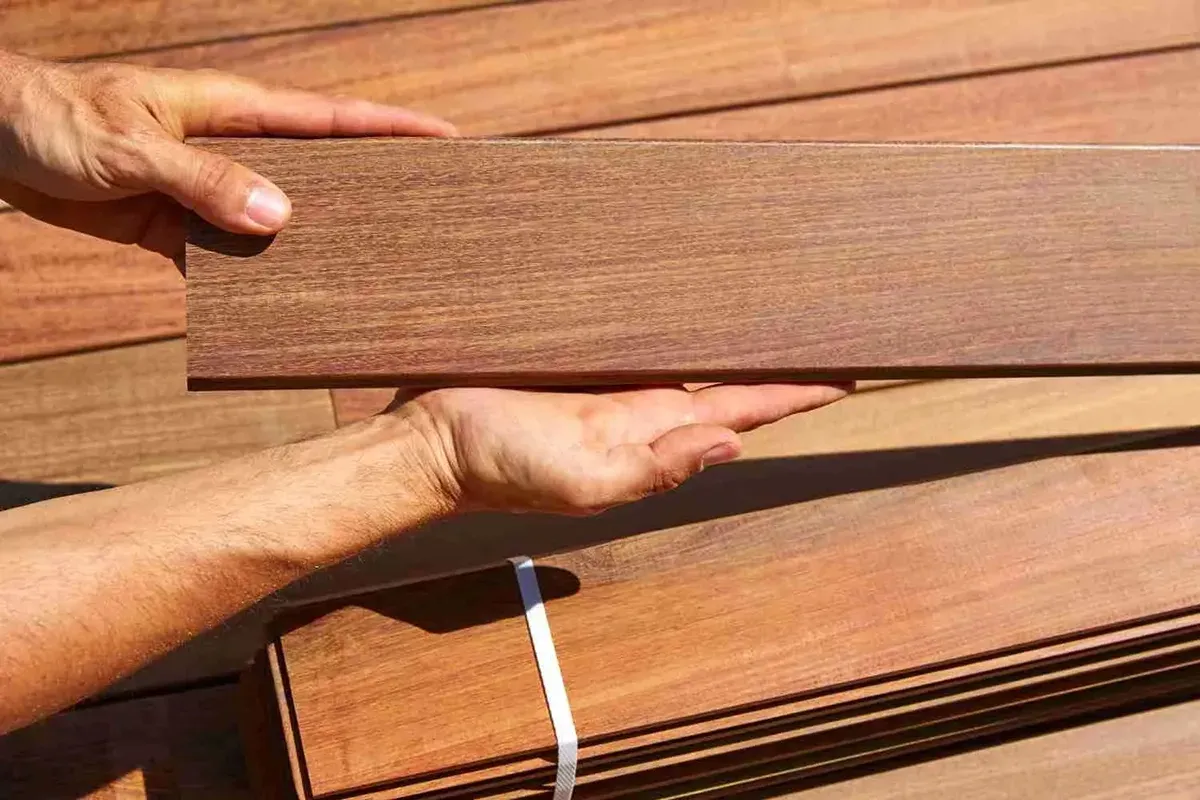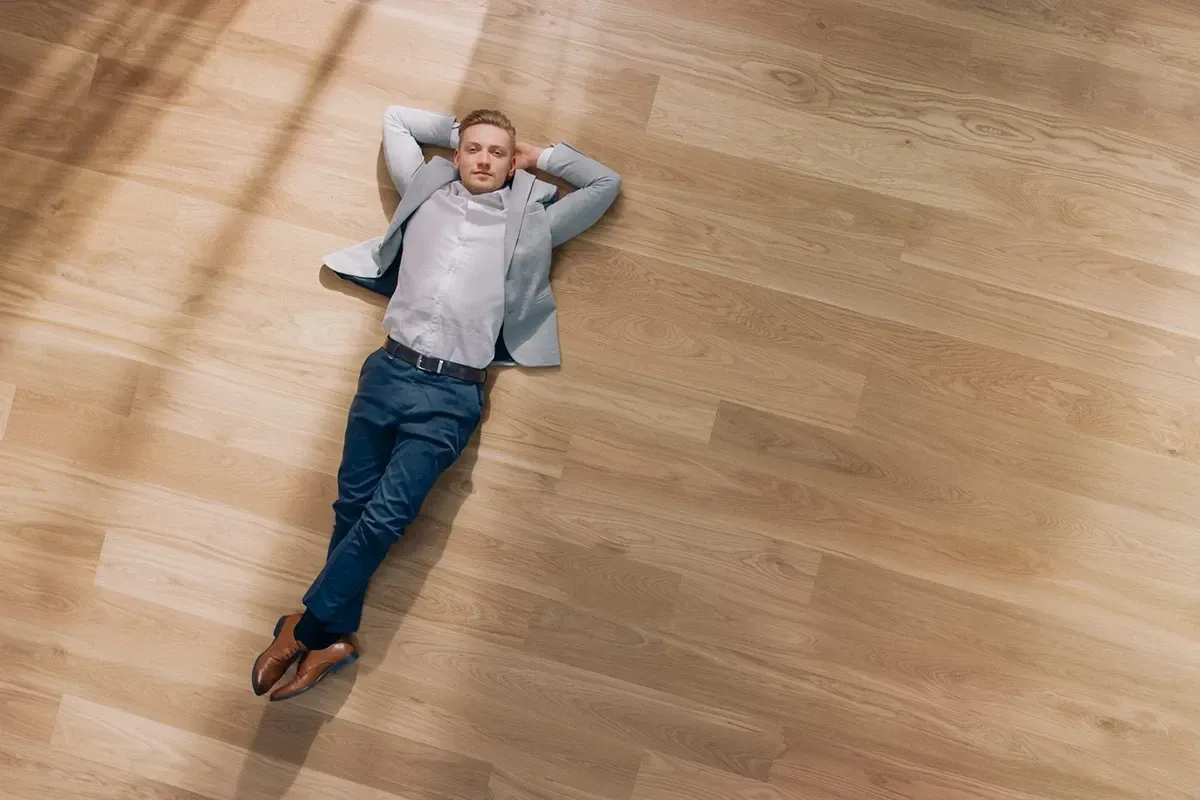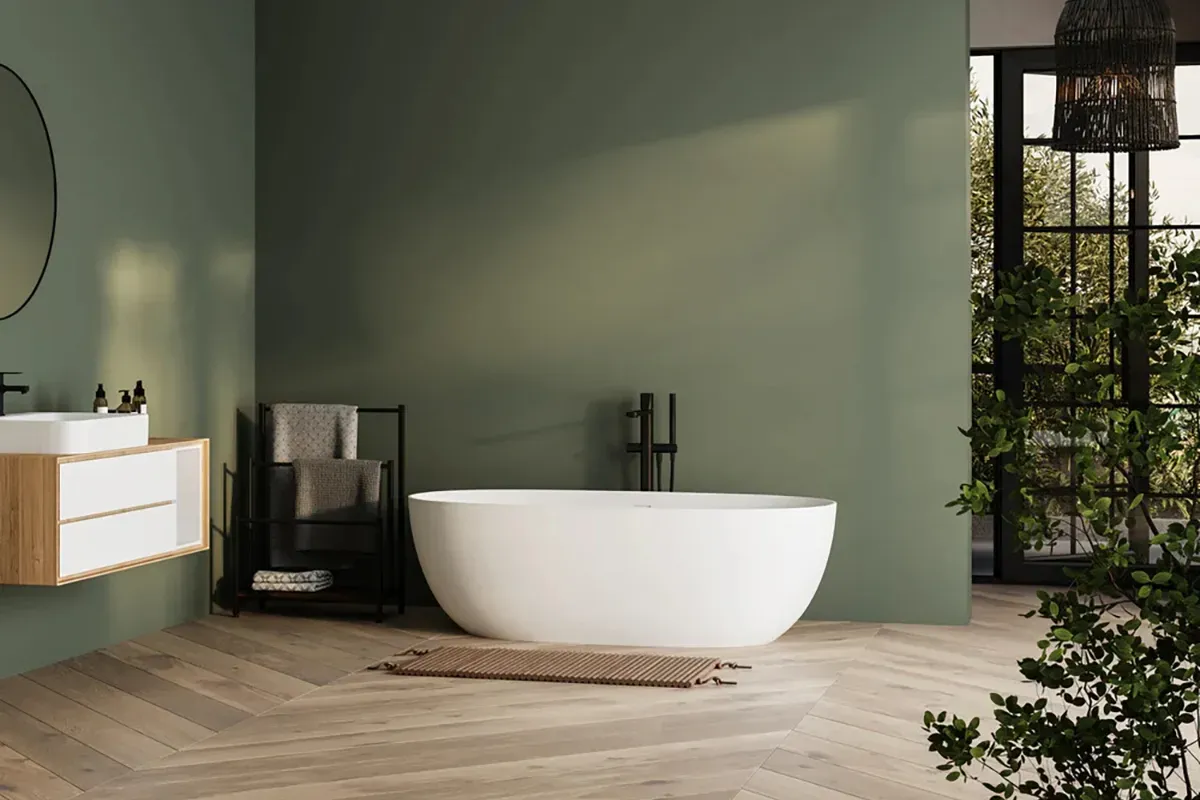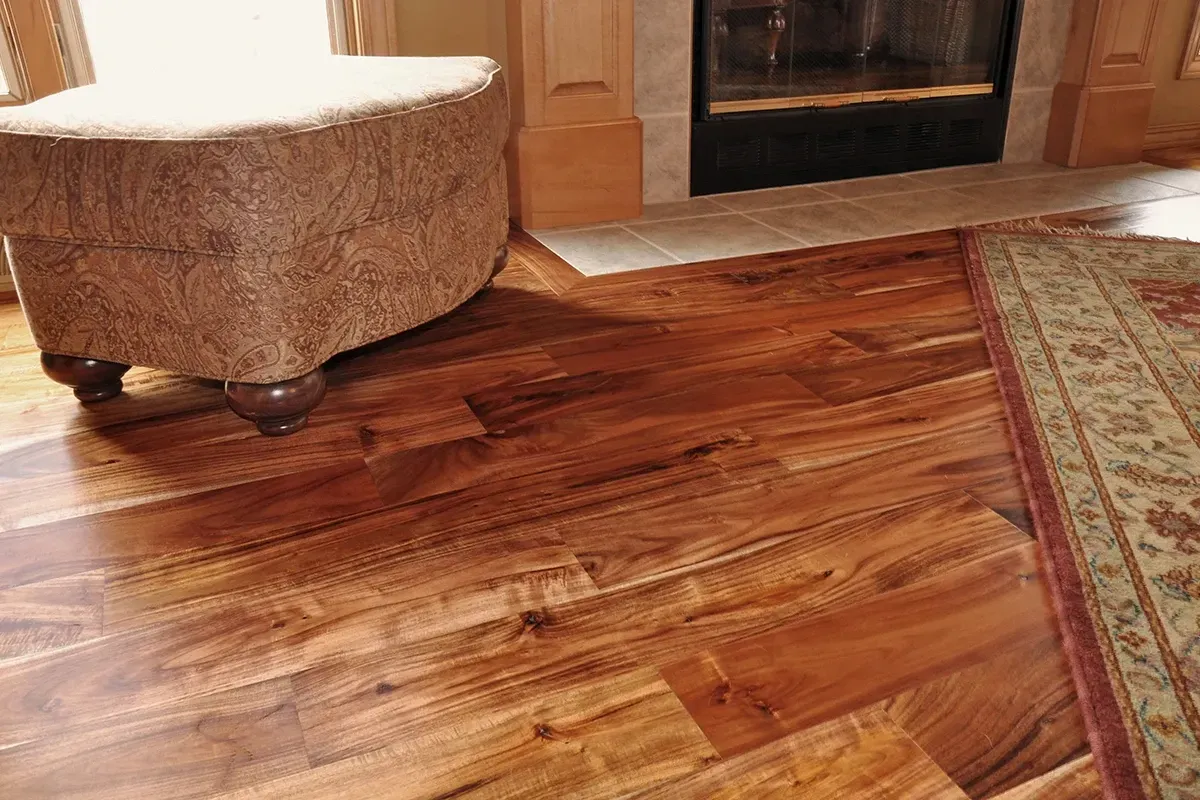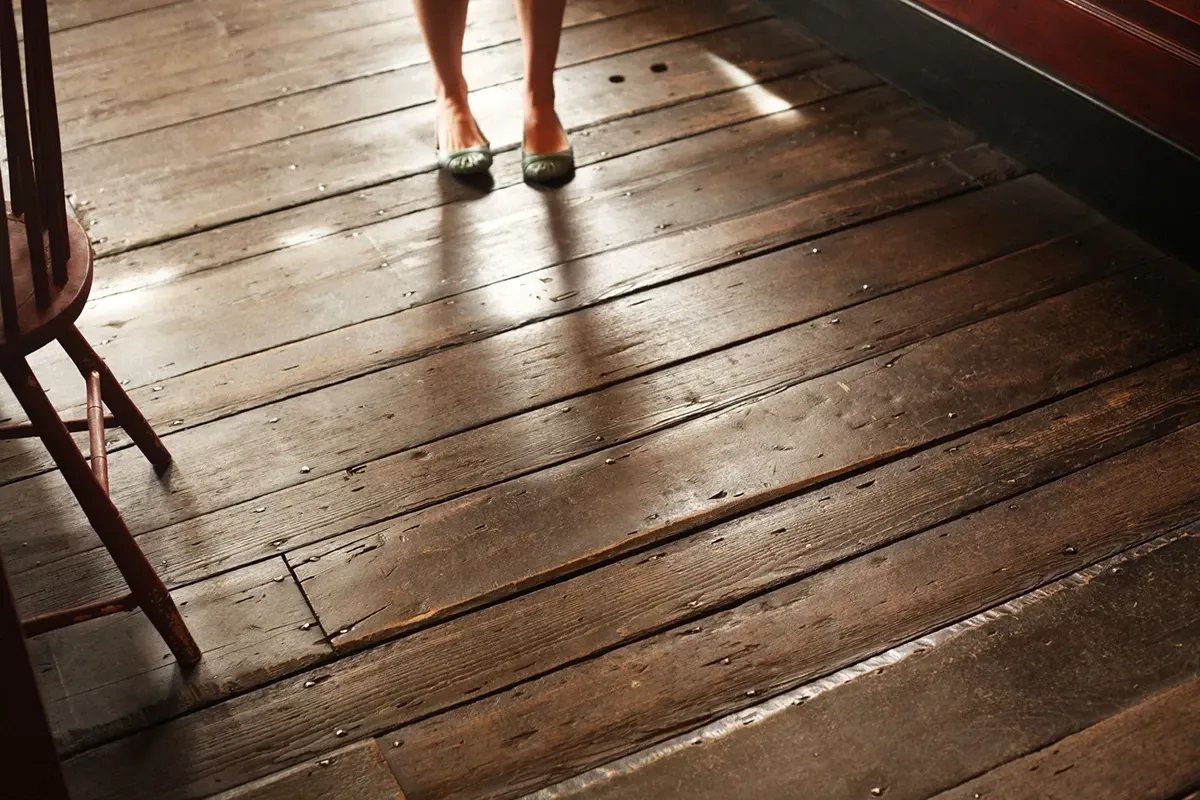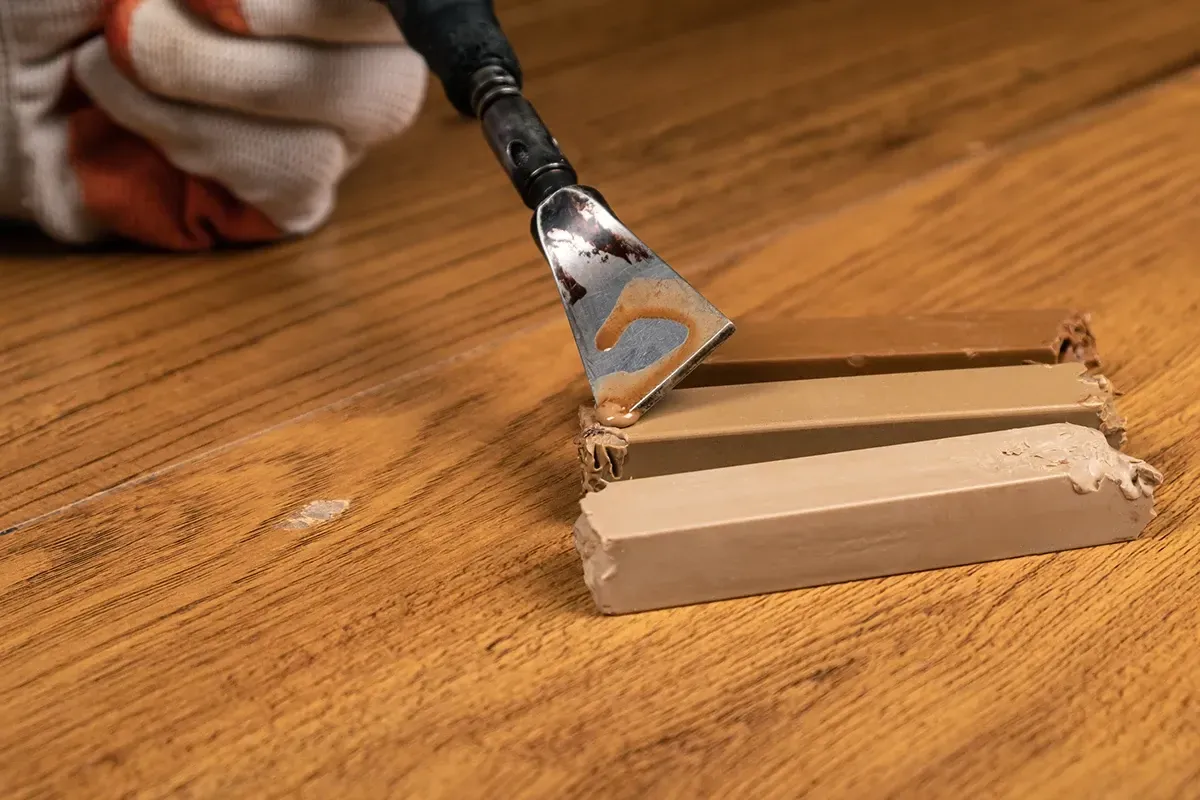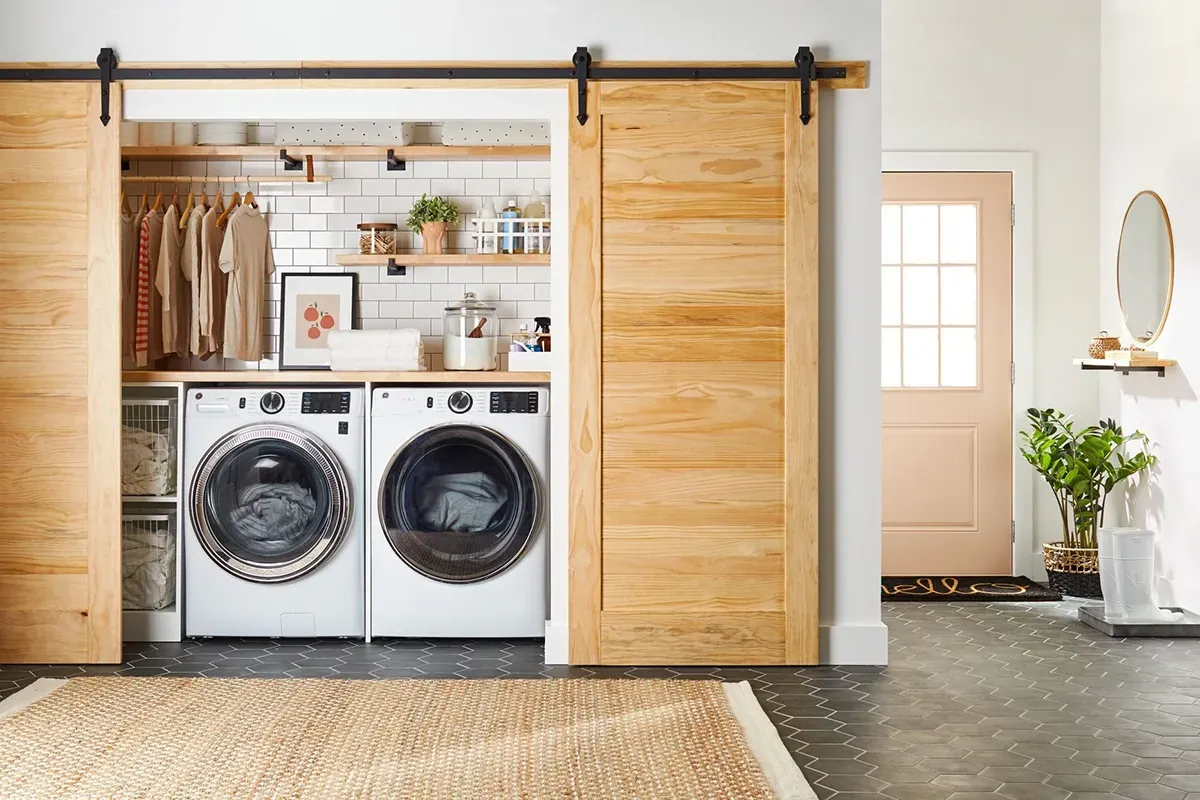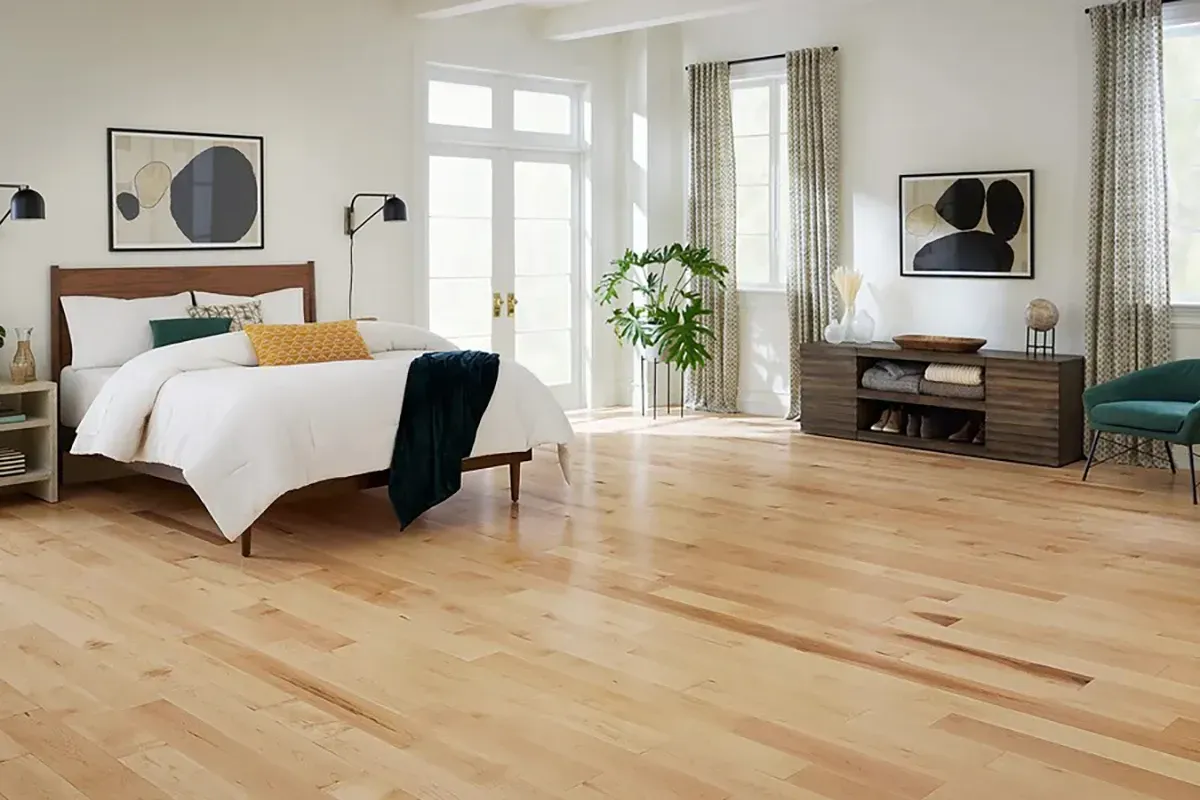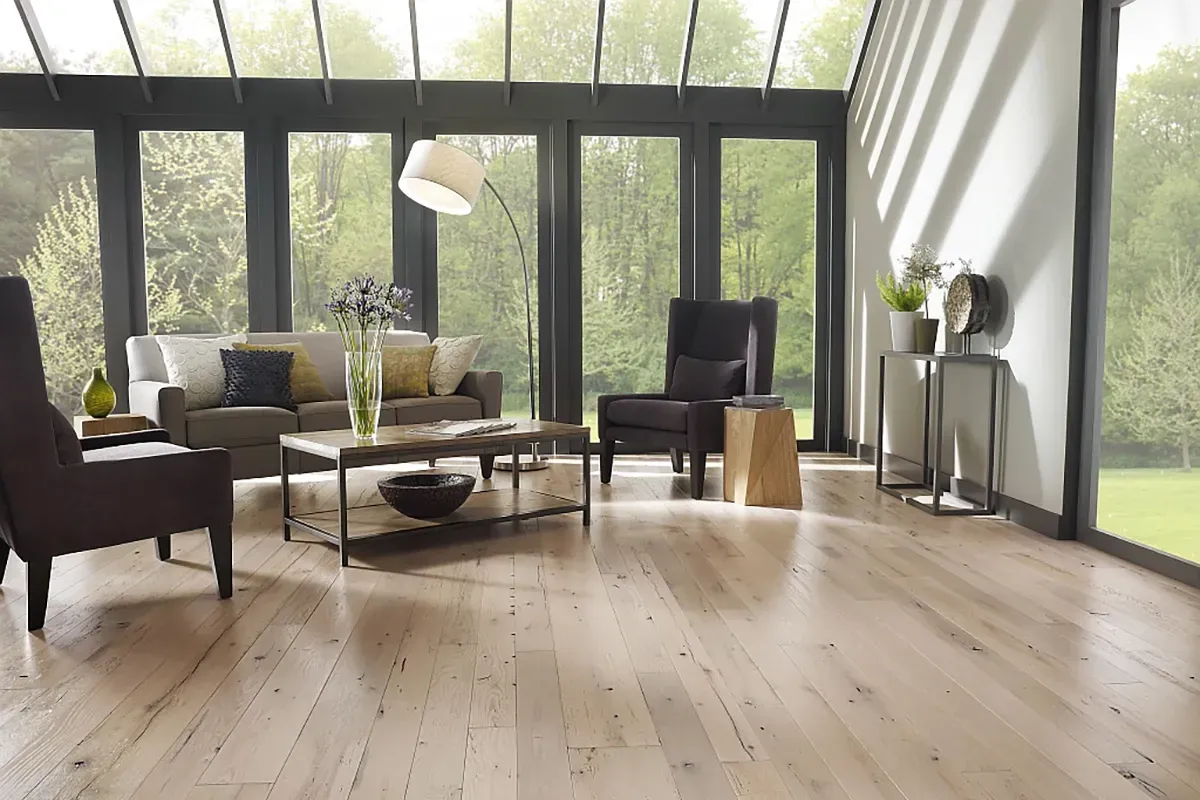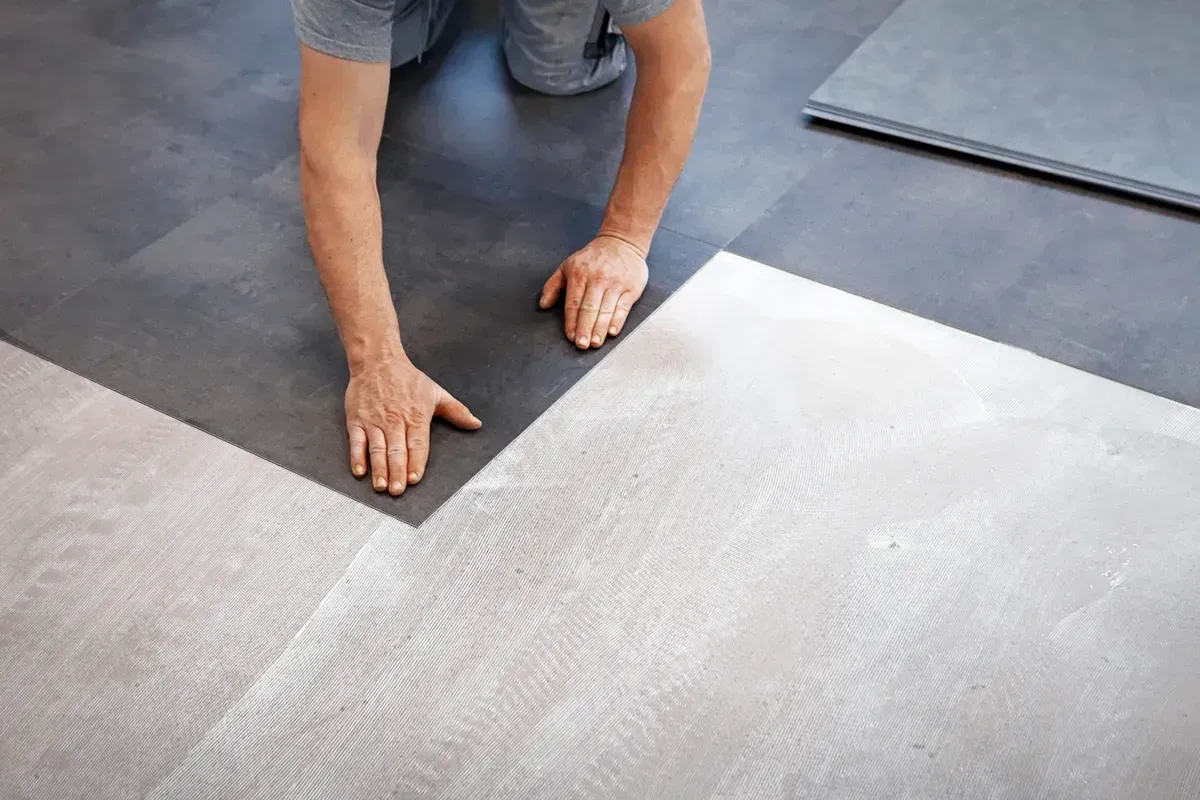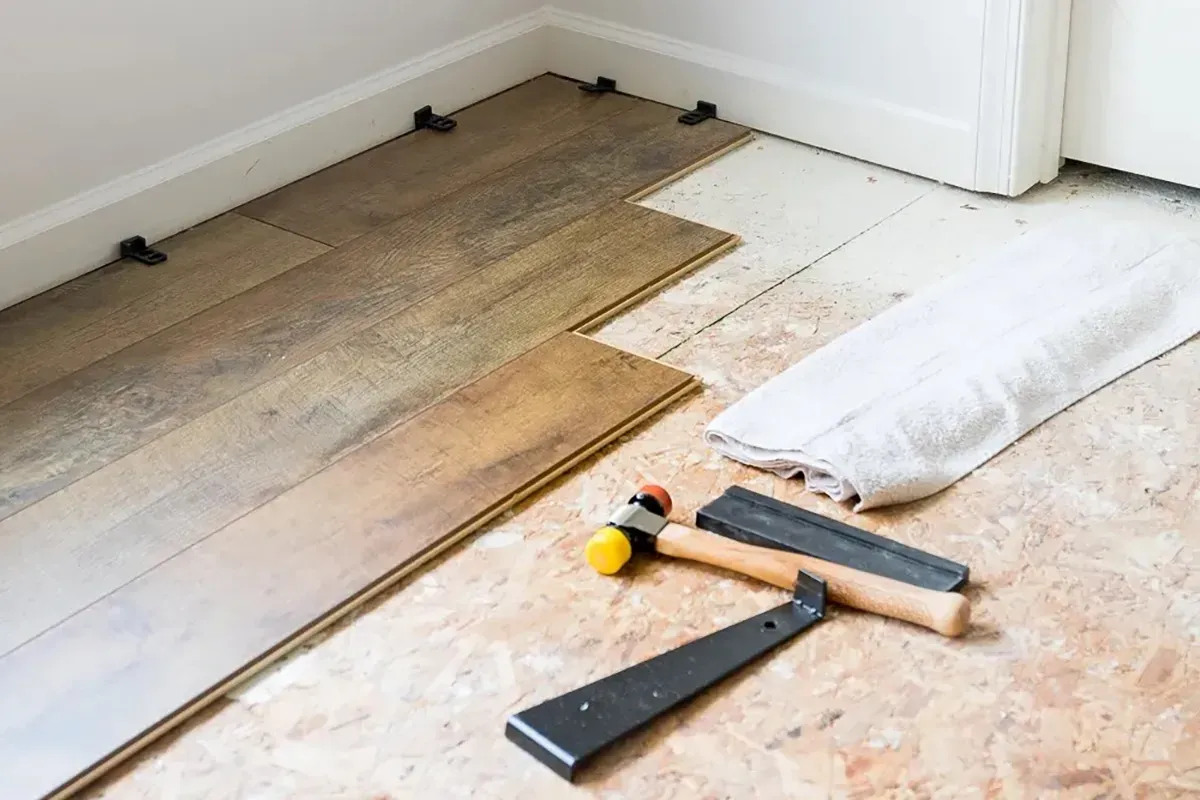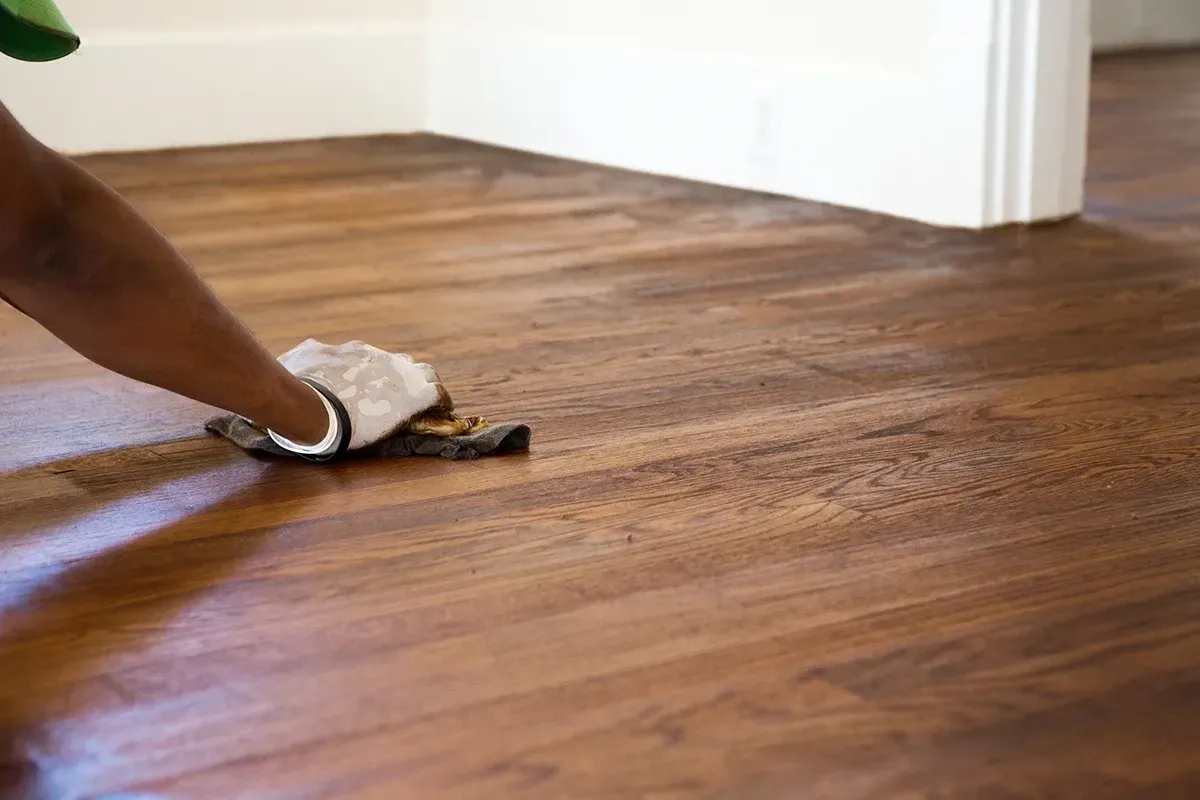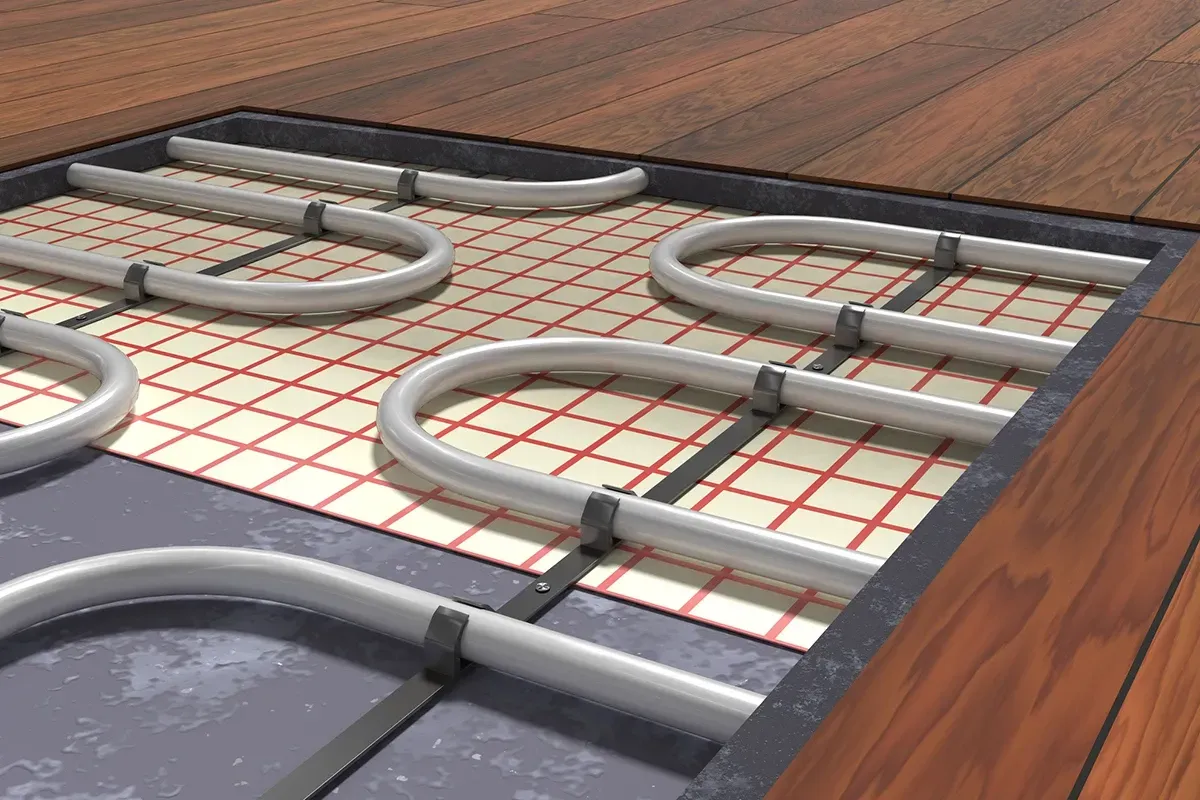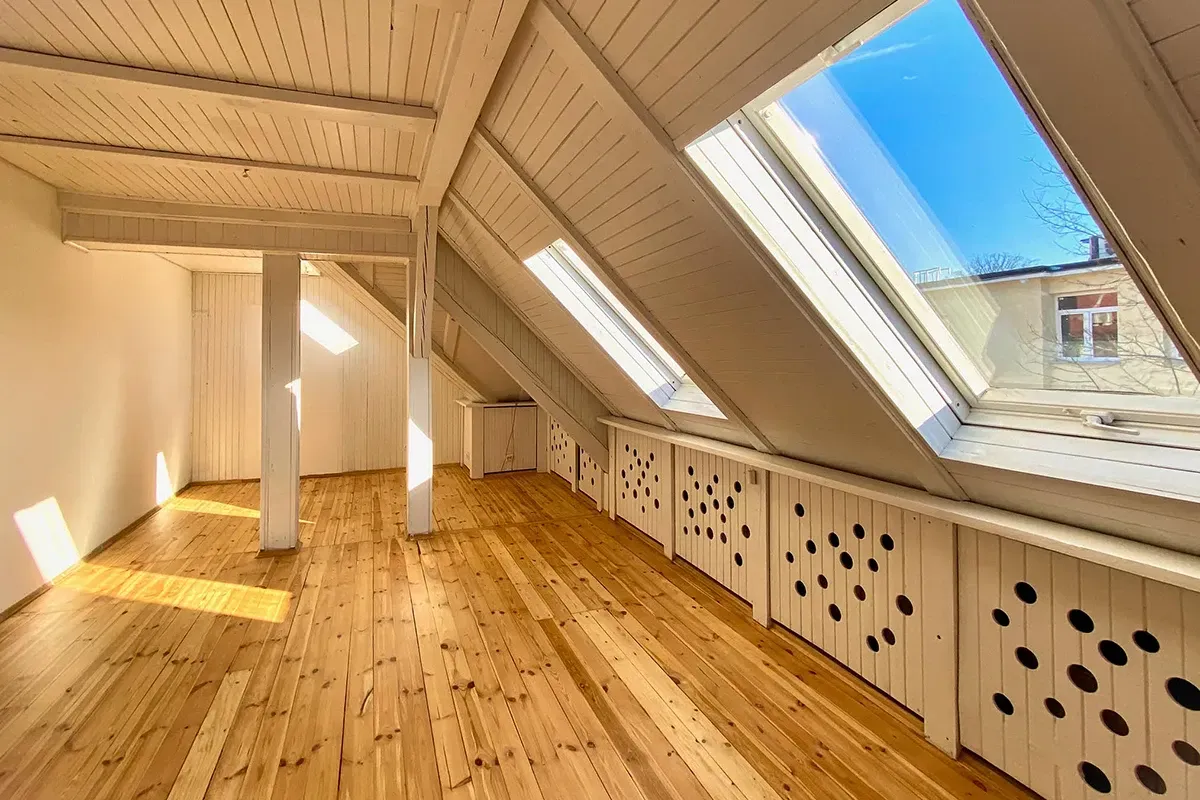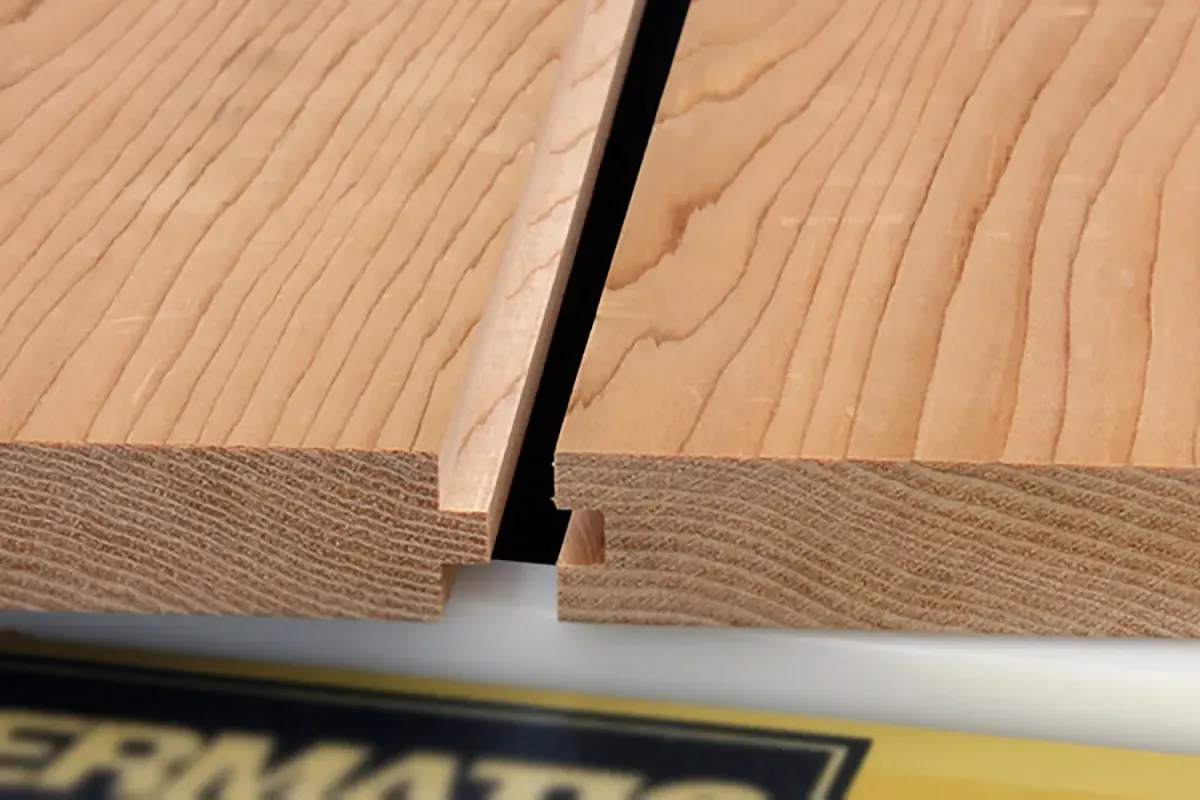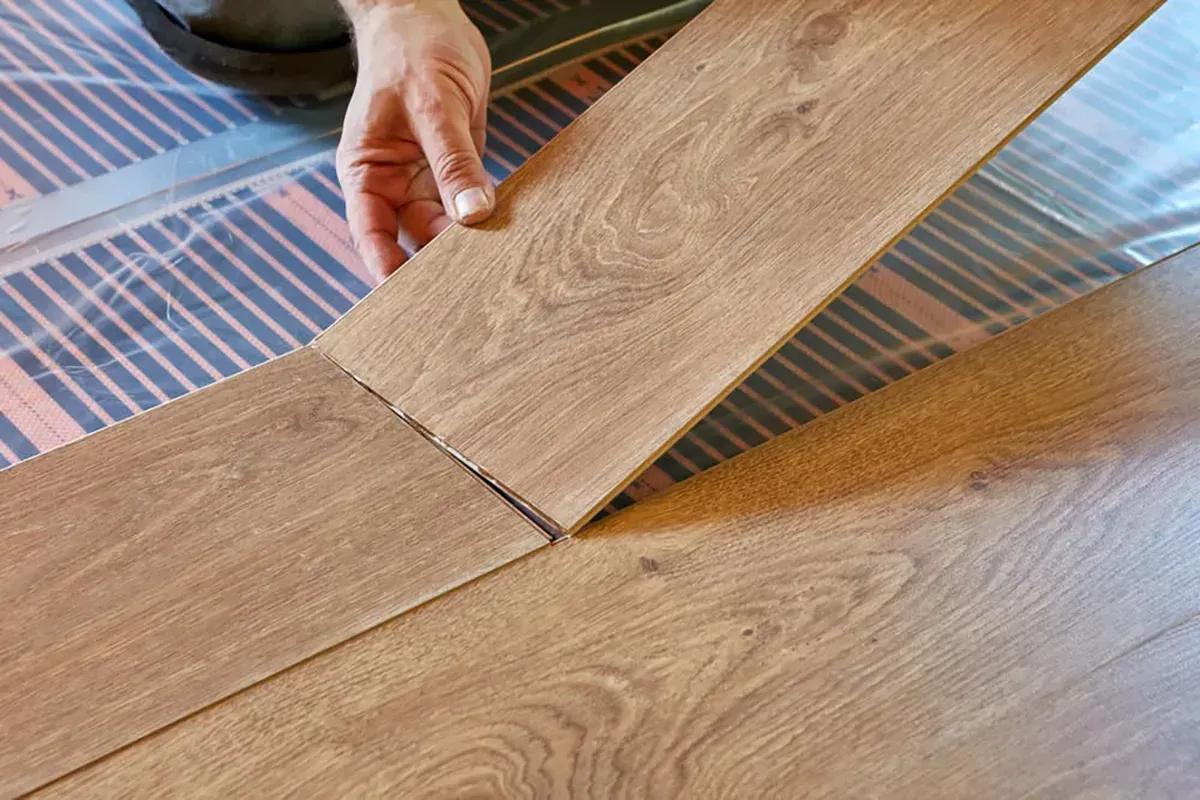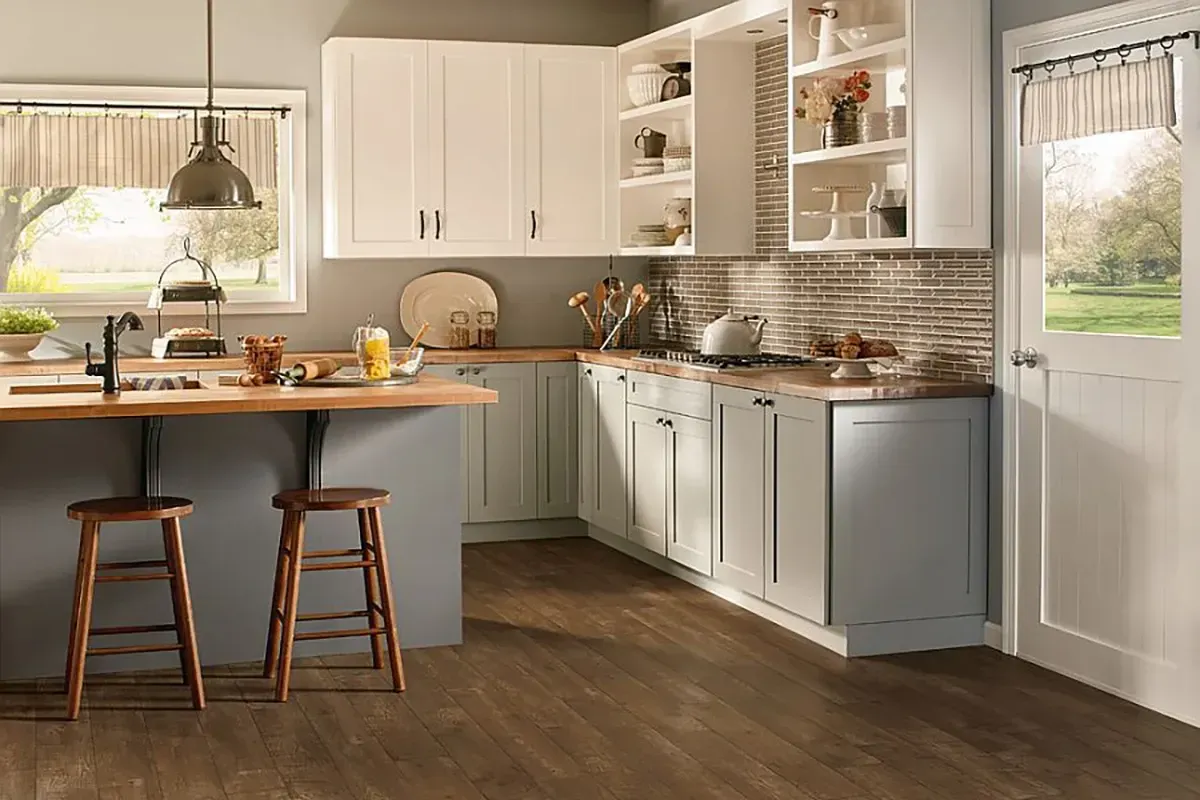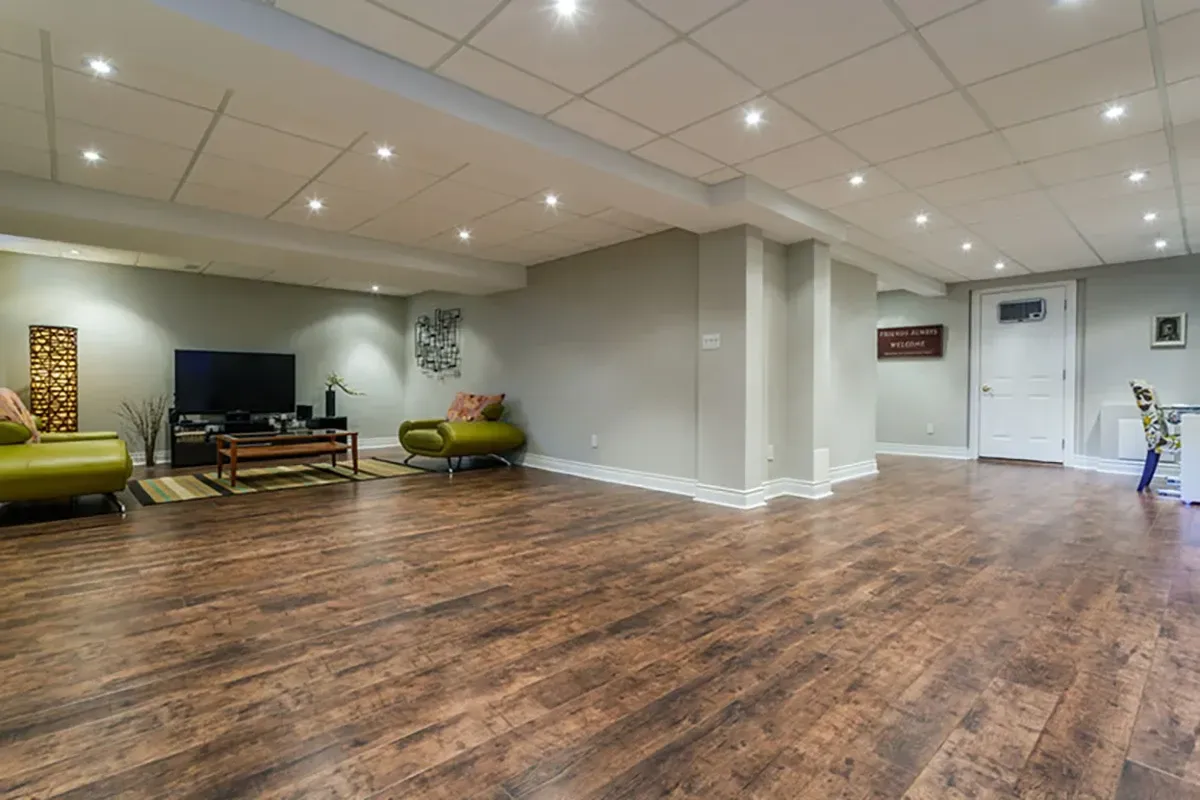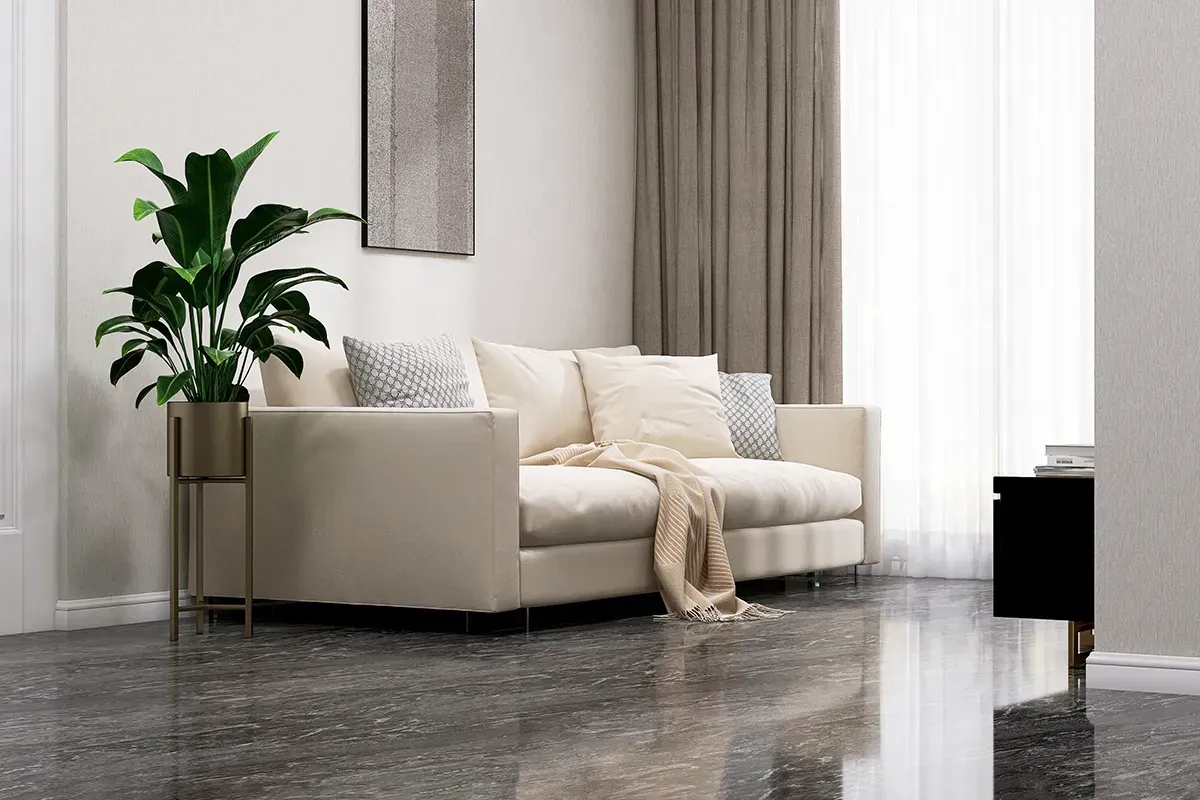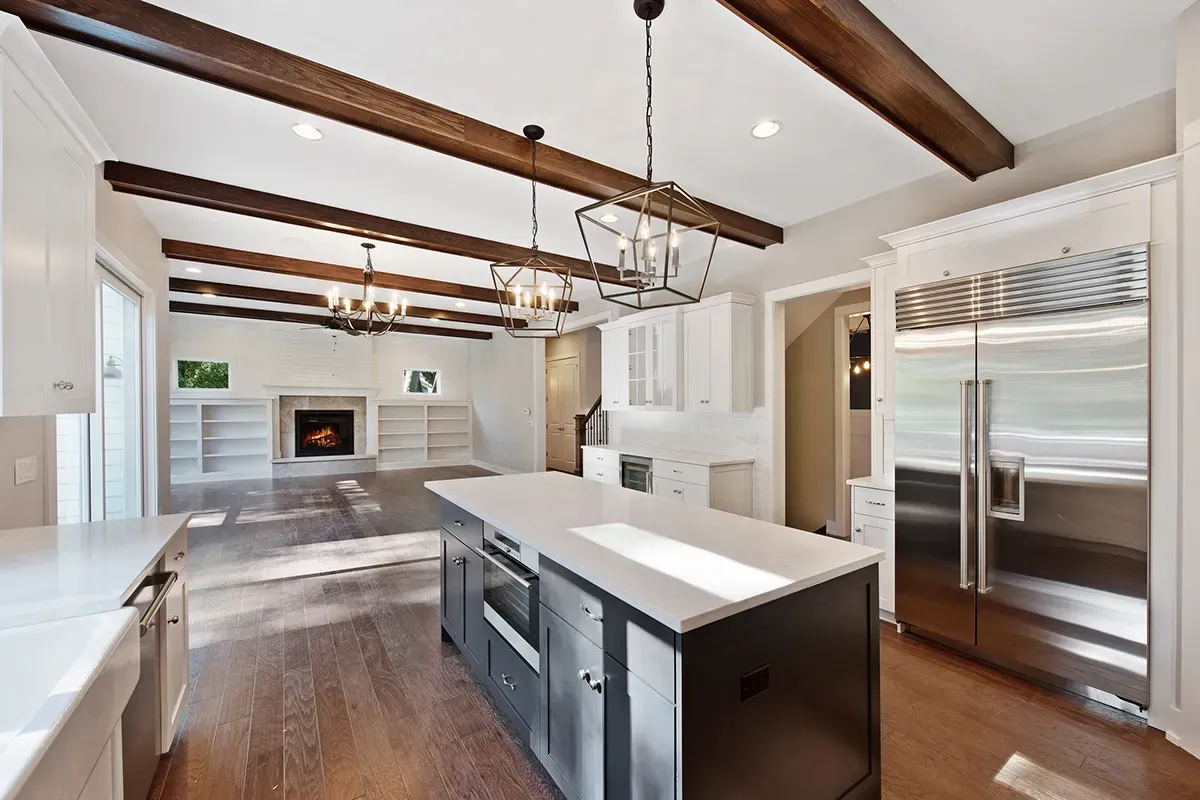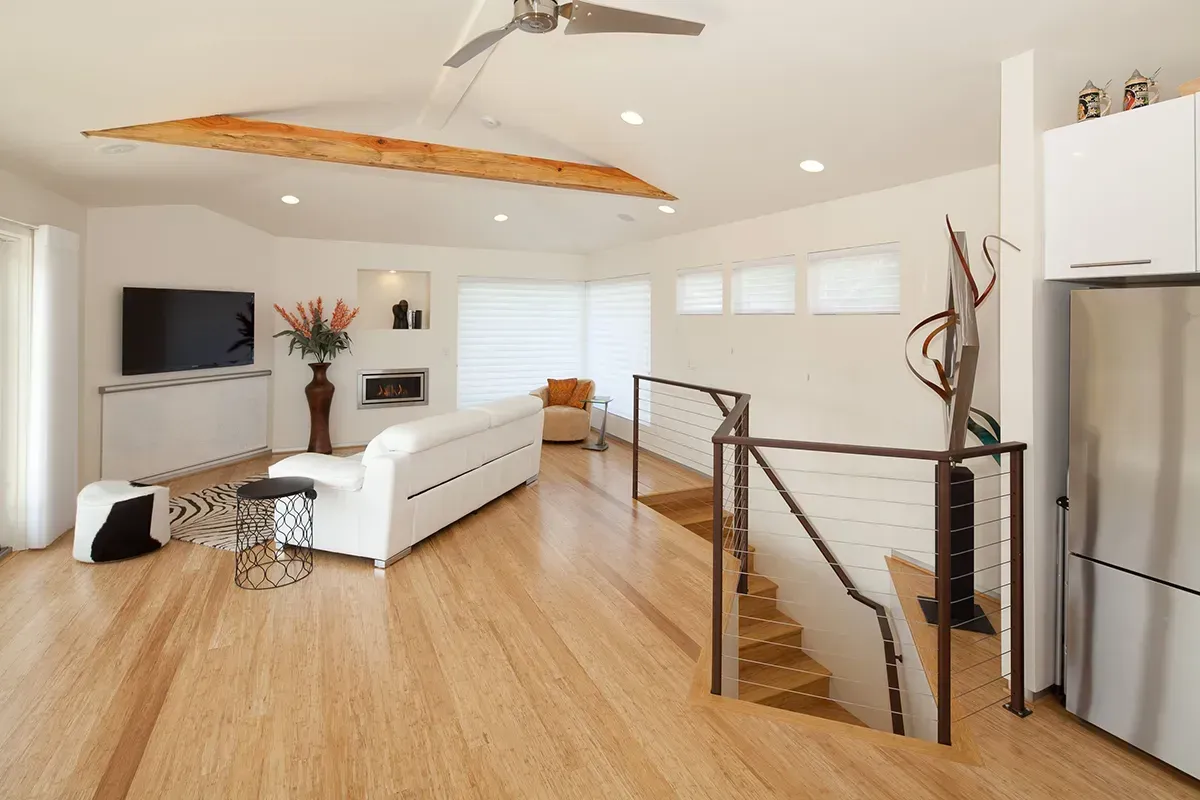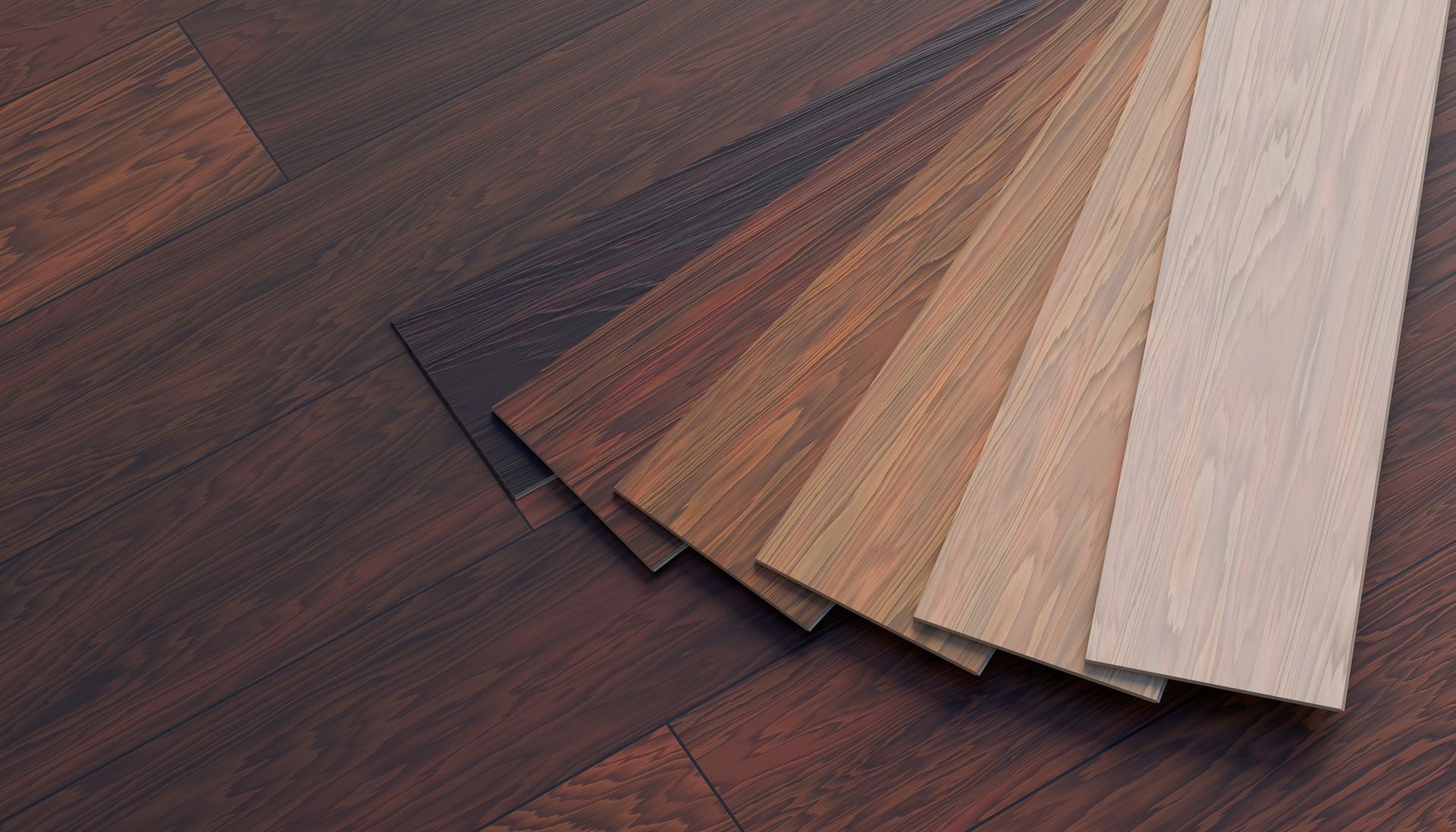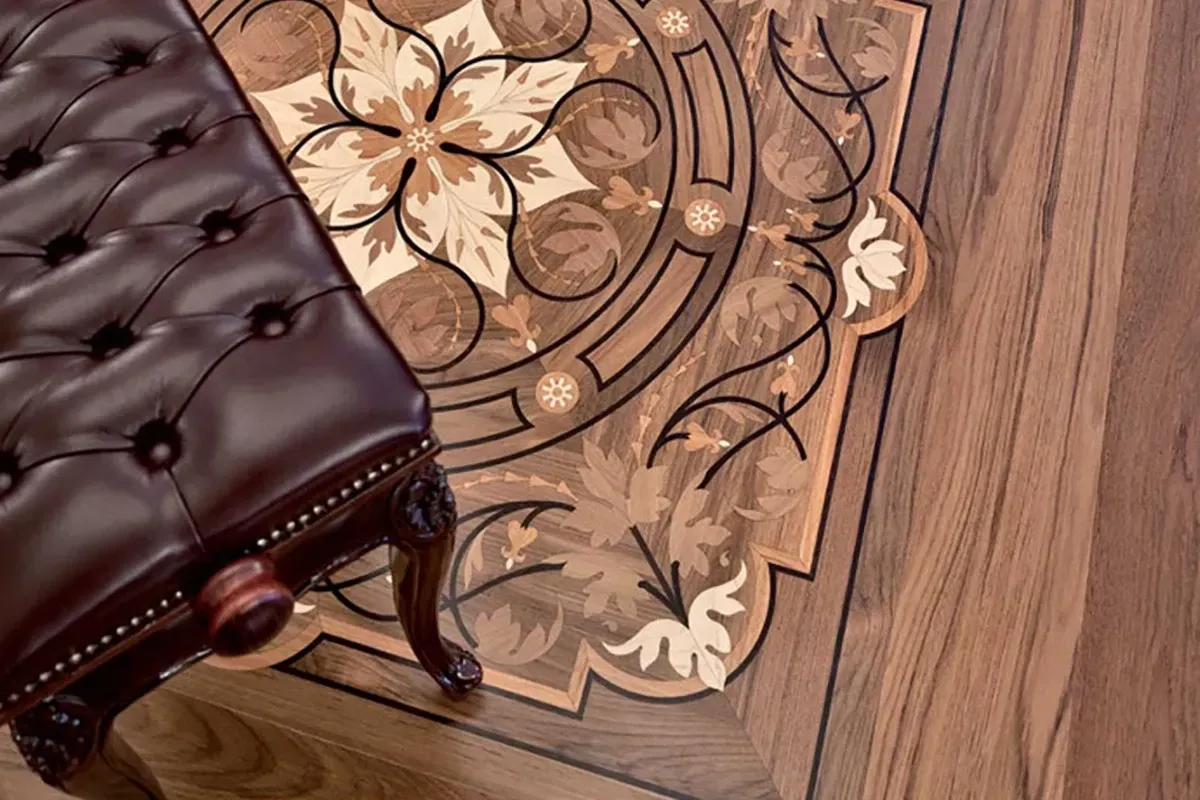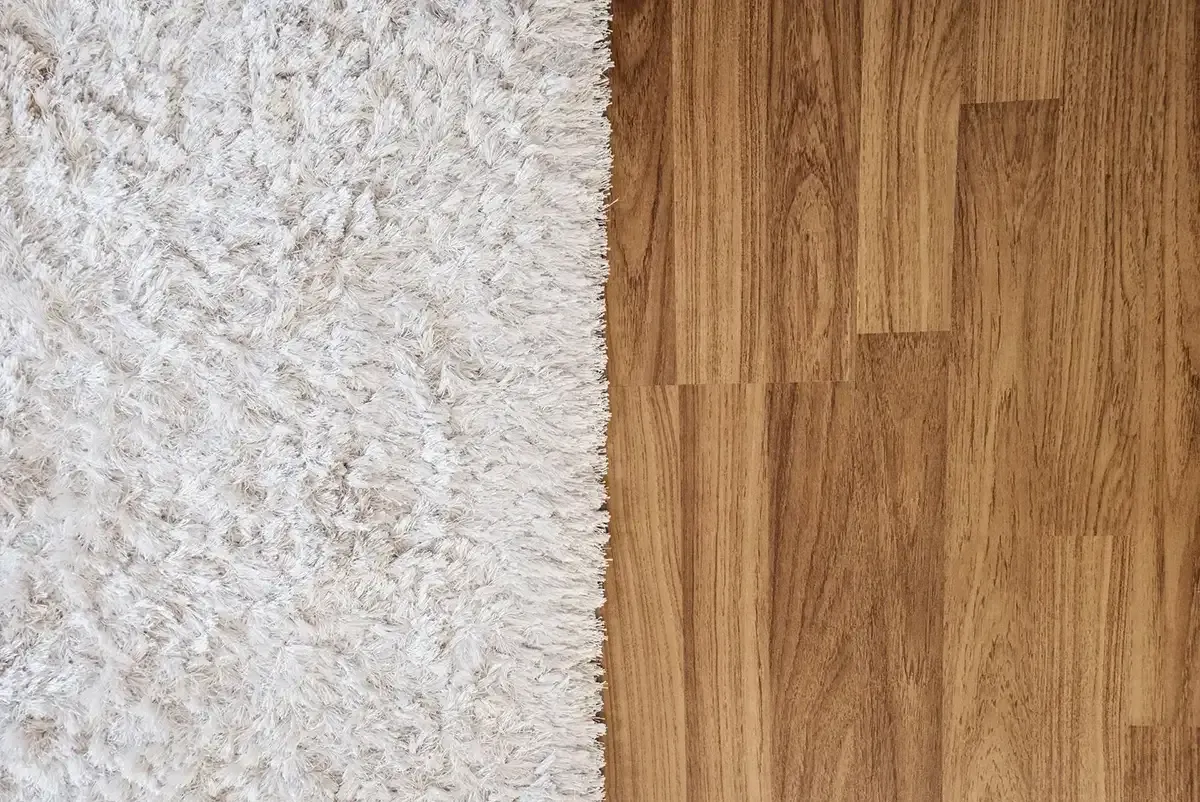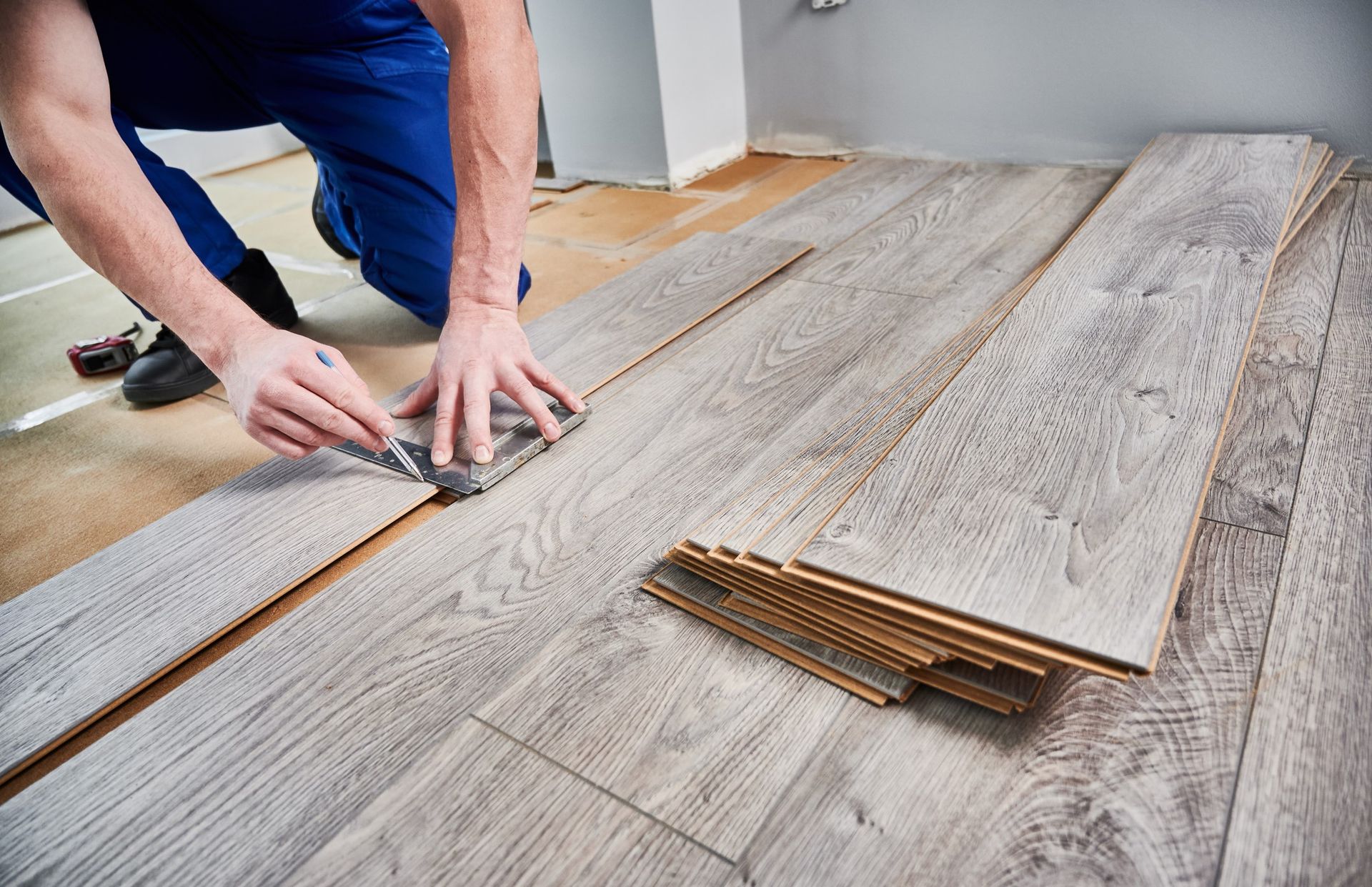6 Signs of Wood Floor Damage: Restoration vs Replacement
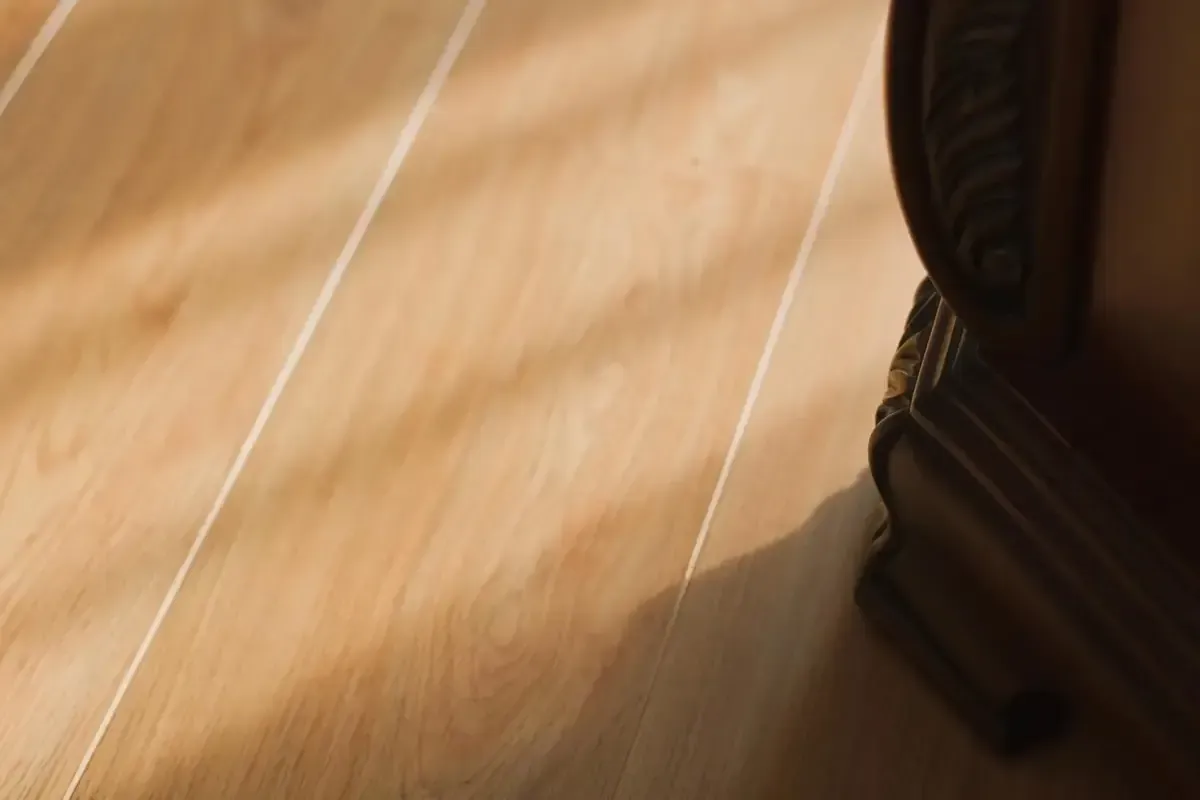
Even with regular care, wood floors eventually wear out and need replacement. While it may not be exciting to replace your floors, this home improvement can offer numerous benefits. New flooring can resolve issues like pest infestations and improve air quality, while also refreshing the look and value of your home. Below are six signs that suggest it's time to assess your wood floor damage and determine whether restoration or replacement is the best option.
6 Signs of Wood Floor Damage:
1. Water Damage
One of the most common causes of wood floor damage is water exposure. Hardwood floors are particularly vulnerable to water damage, whether from spills, leaks, or flooding. Water can seep into the wood, causing warping, buckling, and even separation of the boards.
Signs of water damage include:
- Warping or cupping
- Buckling floorboards
- Water stains or discoloration
In some cases, water damage may be confined to a small area and can be addressed by sanding and refinishing the floor. However, if the damage is extensive, especially after repeated exposure to moisture, replacing the affected floorboards—or even the entire floor—may be the best solution. Before replacing, it's crucial to fix the source of the moisture to prevent future damage.
2. Wear and Tear
Wood floors naturally experience wear and tear over time. Minor scratches, scuffs, and dents are to be expected with regular use. However, when the damage becomes severe—such as deep cracks, gouges, or splintering—it can lead to more significant problems.
Cracked and heavily scratched wood floors allow dirt, moisture, and contaminants to seep in, further deteriorating the wood. This increases the risk of mold growth and pest infestations. If your floor has multiple deep cracks or sections that are splintering, it may be time to consider replacing it, especially if sanding and refinishing are no longer effective.
3. Peeking Nails
Exposed or peeking nails are a clear sign of wood floor damage. Not only are they unsightly, but they also pose a safety hazard. People, pets, or furniture can easily snag on these nails, leading to injury or further floor damage.
While a few exposed nails can often be fixed by hammering them back into place, widespread nail exposure indicates that the subfloor or floorboards have become loose. This issue may point to larger structural problems and might require replacing sections of the floor or the entire flooring, especially in high-traffic areas like the living room or hallways.
4. Wood Discoloration
Wood discoloration can occur for several reasons, including sun exposure, water damage, or the presence of chemicals. Sunlight, in particular, can cause hardwood floors to fade over time, resulting in uneven coloring.
If the discoloration is mild and limited to surface-level fading, refinishing the floor may restore its appearance. However, if the discoloration is due to water damage or chemical exposure, it can be a sign of deeper wood floor damage. In such cases, replacing the damaged floorboards is often a more effective solution.
5. Noisy Flooring
All wood floors produce some level of noise, such as squeaks and creaks, due to natural expansion and contraction with temperature changes. However, if your floors are excessively noisy, especially when walking in certain areas, it may be a sign of underlying issues like loose boards or damage to the subfloor.
Noisy floors can also indicate that your floor has been sanded too many times, making the wood too thin and structurally weak. Over-sanded floors lose their durability and are more prone to damage. If your wood floor has become excessively thin, it's likely time for a replacement.
6. Too Much Sanding
Hardwood floors can typically be sanded and refinished multiple times over their lifespan. However, each time a floor is sanded, a thin layer of wood is removed, gradually reducing the floor’s thickness. Once the floor becomes too thin, it loses its strength and becomes more prone to damage, such as cracking or splintering.
If your hardwood floor has been sanded several times and now shows signs of structural weakness, it may be time to replace it. Thin floors not only compromise the integrity of the wood but also lose their ability to be refinished in the future.
Restoration vs. Replacement: What’s the Best Choice?
When deciding whether to restore or replace your wood floor, consider the extent of the damage, the age of the floor, and your long-term goals. Also, understand your hardwood floors change over time.
- Restoration is ideal for minor surface damage, such as scratches, scuffs, or mild warping. Sanding and refinishing can restore the floor's appearance and extend its lifespan.
- Replacement is necessary when the damage is more severe, such as widespread water damage, deep cracks, or thinning due to over-sanding. It’s also the better option if the floor is structurally compromised or has been repaired multiple times.
While replacing a wood floor may seem like a significant investment, it offers benefits such as improved aesthetics, increased home value, and enhanced durability. Replacing damaged floors also helps prevent further issues like mold growth or pest infestations.
Need Help with Your Wood Floors?
If you're unsure whether your wood floor damage requires restoration or replacement, reach out to the experts at Rejuvenation Floor & Design. We specialize in hardwood floor installation, repair, and refinishing, ensuring that your home’s floors are both beautiful and long-lasting.
Contact us today for an estimate or visit our Portland showroom to explore your flooring options. Our team is dedicated to craftsmanship and customer satisfaction, and we look forward to helping you restore or replace your wood floors.

